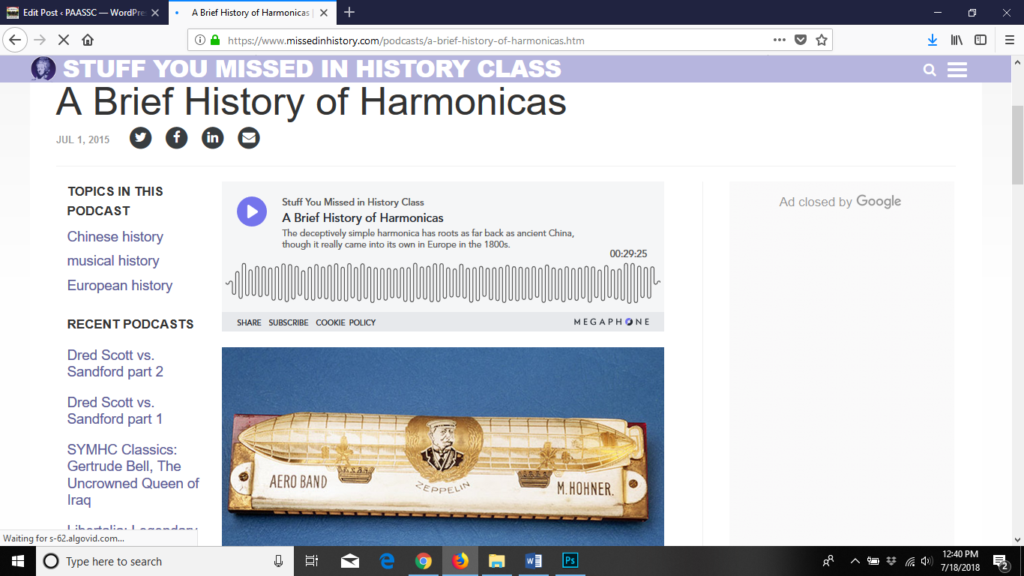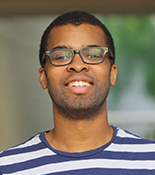7+ Podcasts for a Screen-Free/Screen-Limited Summer

It’s summertime. It’s the digital age. It’s tempting for our kids to fill those long, sunny days of freedom binge-watching the Disney Channel or YouTube, or gaming till bedtime. When we were their ages, our parents may have urged us to turn off the television and video games and play outside instead. Nowadays, digital devices let kids take the TV and video games outside with them, far from their caregiver’s keen eyes and ears.
Podcasts are a great way to find balance between letting your kids engage technology and limiting their screen time (or eliminating screen time altogether). These audio recordings can be great during bedtime, while finishing up chores, and on long road trips, too. There’s great content being produced for kids of all ages, from storytelling for the littles to fun facts and even light social commentary for tweens and teens. As you might expect, there are even Mandarin podcasts aimed at children and language learners.
Here are a few of our favorites, in order of age-appropriateness:
- Story Time. 10-15 minute stories that are great for pre-school and small children. you can play them right inside the website or download the audio files to your computer or device to play another time. You can also access Peace Out, a series of bedtime relaxation recordings for the little ones, on the same website.
- Wow in the World. This is NPR’s kid-oriented podcast. Its exuberant hosts Guy and Mindy explore cool science and tech topics like “Exploding Ants!” and “The Science of Poppin’ Knuckles.” Fun theme music and sound effects helps to keep curious school-age minds tuned in – helpful since the episodes average about 30 minutes. The weekly show is just over a year old and offers a premium membership service in addition to the free podcasts.
- Stories. This podcast has been sharing kid-friendly adaptations of classic fairy tales, folktales from cultures around the world, Bible stories, and even original works since 2016. There’s a brief ad before each story, but they also have a Patreon account that lets you download ad-free content and even get your children’s name mentioned during a future podcast.
- Six Minutes. Aimed at tweens, this podcast is a modern-day take on the lost art of serial radio dramas. Twice a week, listeners can follow the six-minute long adventures of a girl named Holiday, who is found “floating in the icy waters off the coast of Alaska with no memory.” So far, there are 41 sci-fi-ish episodes. Binge-listen, anyone? (If you’re into sci-fi for kids and tweens, also check out The Alien Adventures of Finn Caspian.)
- Stuff You Missed in History Class. Developed by the creators of HowStuffWorks.com, this engaging podcast digs into the annals of history from around the world, satisfying curious minds on a number of topics. The website conveniently arranges past podcasts into categories, including African, Black, and Chinese history. The episodes are fairly long and don’t come with many bells and whistles, so older tweens and teens will probably get the most out of them. (411 Teen also covers serious, more contemporary topics, but as the name suggests, it’s crafted with teens in mind.)
- This American Life. NPR’s popular weekly show has become one of the nation’s top podcasts. It’s a great choice to listen to as a family as your kids mature. Some of the topics might go over their heads a bit, and the language can get a little dicey at times, but it also creates a perfect opportunity to engage in meaningful discussions.
- Kids Chinese Podcast. This podcast features over 140 Mandarin language lessons broken down by grade level from kindergarten to fifth grade. Pinyin and character script can be found throughout the site. Although “kids” is in the title, the home page states that the lessons can be helpful for kids, teens, and adults. So listen as a family and one day soon, you may be able to talk to (and hear) your language learners in Chinese too!
Check out more lists of amazing, kid-friendly podcast at Common Sense Media. Don’t see your family’s favorite podcast listed? Share it with us in the comment section.







